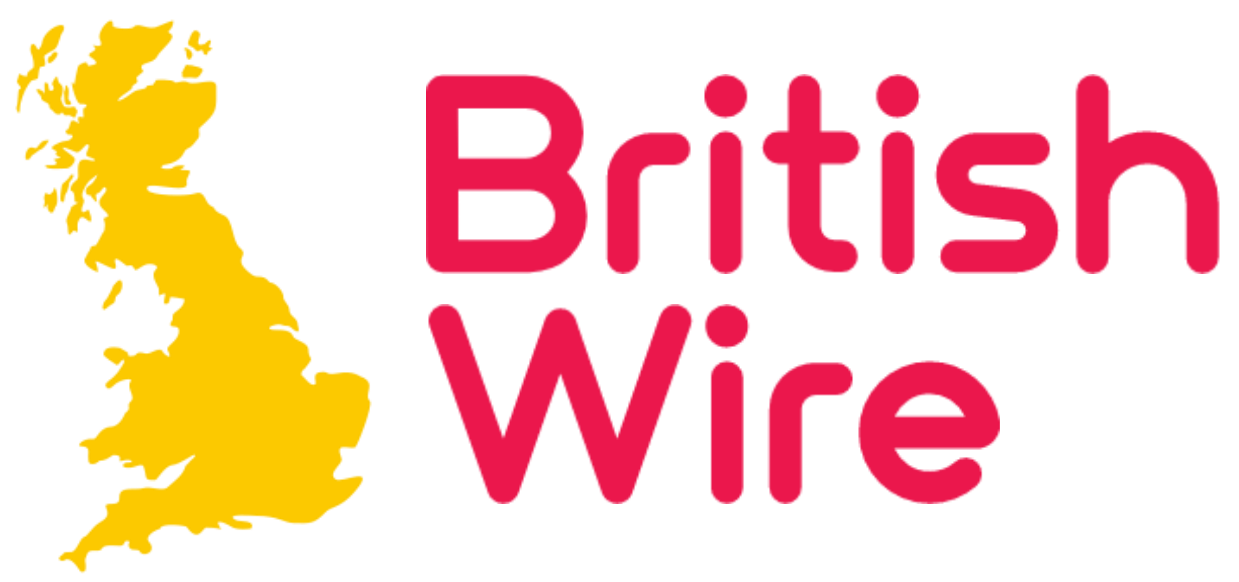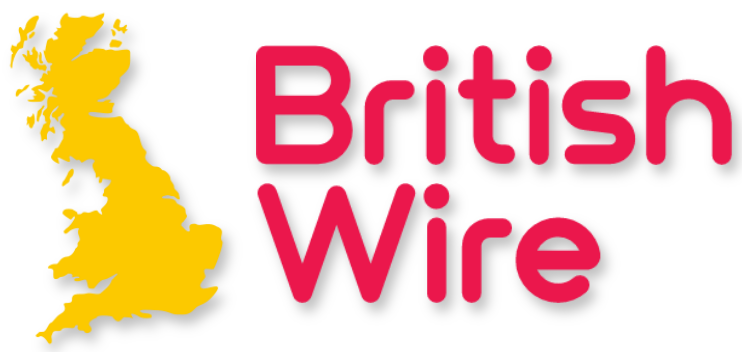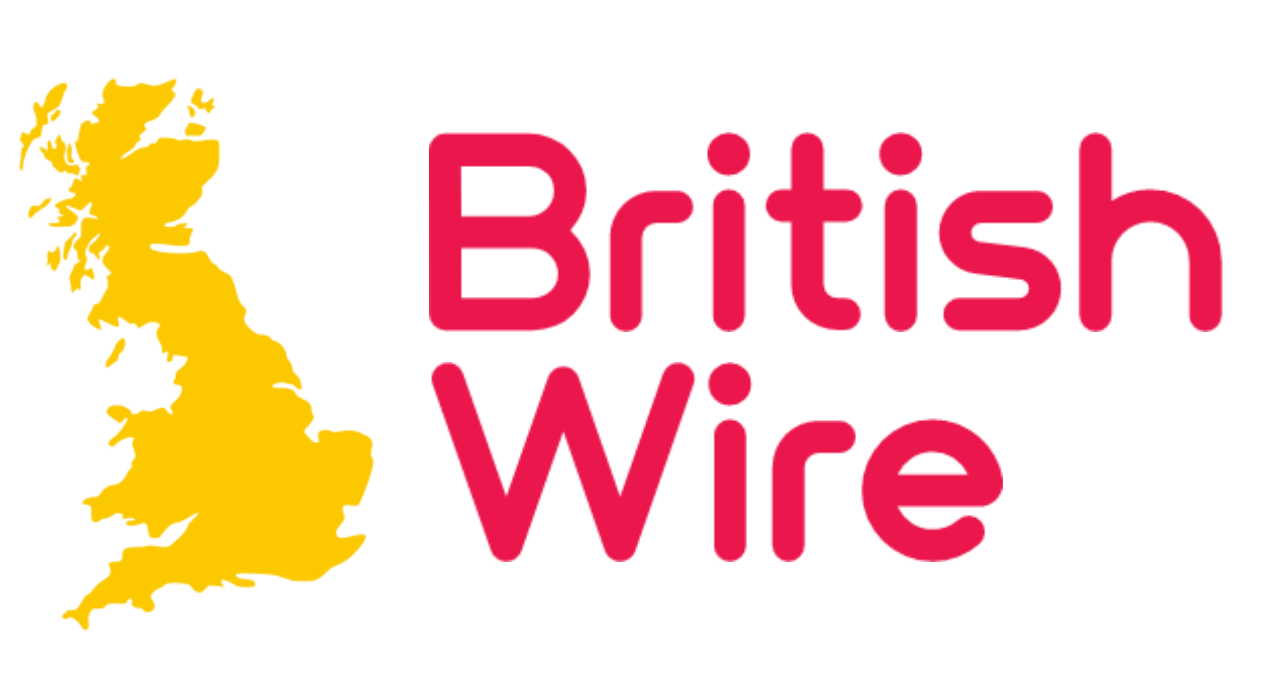A recent report from the Department of the Environment reveals that fewer than one in every two drink containers marked with the Re-turn logo were returned to the Deposit Return Scheme (DRS) between February and the end of August. The figures indicate a concerning 45% return rate, meaning that tens of millions of euros in customer deposits remain unclaimed during the initial seven months of the scheme.
According to the report, a staggering 1,016 million Re-turn containers were placed on the market in this period, with only 460 million being returned. The return rate translates to €79.4 million in deposits refunded to consumers, while the remaining 55%, approximately €97 million, represents unclaimed deposits. However, the exact amount of unclaimed deposits cannot be estimated since the “placed on the market” figure does not reflect actual sales.
This marks the first time that collection figures for Re-turn containers have been published since the DRS launched, confirming a slow start for the initiative. In the first three months alone, a mere 75 million out of 368 million return containers were returned, equating to only one in five.
However, the scheme has shown signs of improvement. In August, the return rate jumped to 73%, with 112 million out of 154 million containers returned. Yet, the number of containers returned in September fell to 103 million, with no data yet available on the return rate for that month.
A spokesperson from the Department noted that the collection and analysis of data from producers takes time, which may contribute to the delayed reporting of September’s figures.
In response to the published return rates, Re-turn has disputed the 45% figure but did not provide an alternative return rate for the same timeframe. The organization argued that the term “placed on the market” does not equate to actual sales, which could misrepresent the scheme’s performance. They emphasized that using a cumulative average return rate since the scheme’s launch is misleading, as it does not reflect recent improvements in consumer engagement.
“Return rates have shown continuous growth, reaching a robust 73% by August,” a statement from Re-turn said. They also clarified that a significant number of active deposits are yet to be reclaimed, as consumers often store containers before returning them.
The impact of the Deposit Return Scheme is already being felt in the community. A June survey by Irish Business Against Litter revealed a 30% reduction in drink cans discarded on streets and a 20% decrease in plastic bottle litter. Coastwatch has also reported fewer plastic bottles and aluminum cans washing up on Irish shorelines since the initiative’s introduction.
In response to ongoing litter issues, Dublin City Council has started modifying bins in the city center to deter scavenging for bottles and cans, a practice that has contributed to littering and safety concerns. As the Deposit Return Scheme continues to evolve, its effectiveness in promoting recycling and reducing litter remains under scrutiny.
















